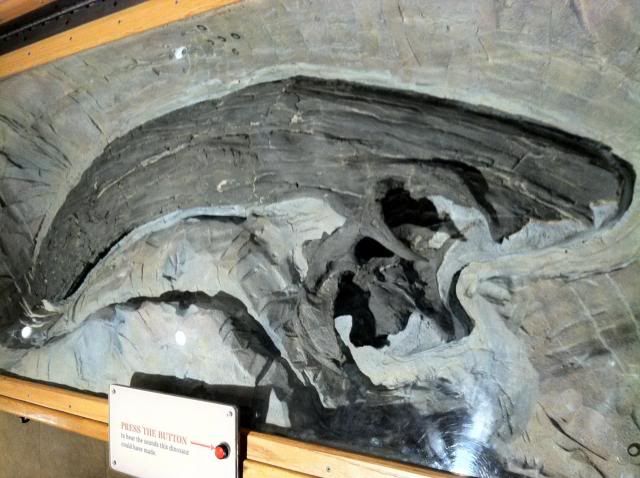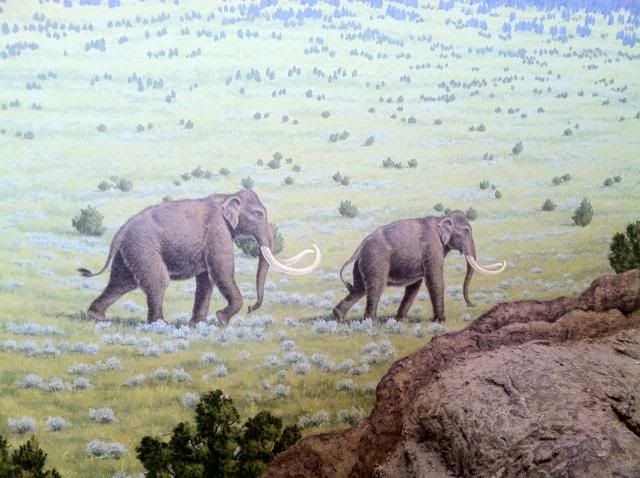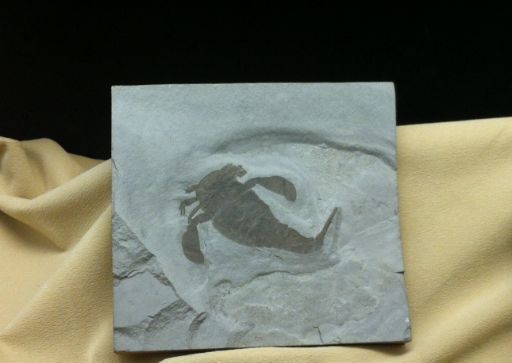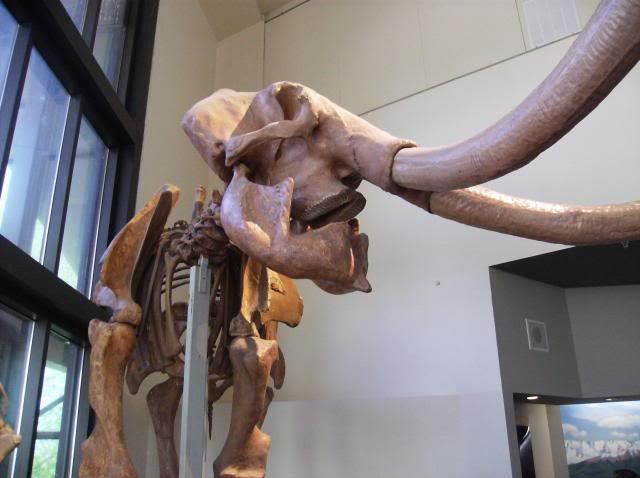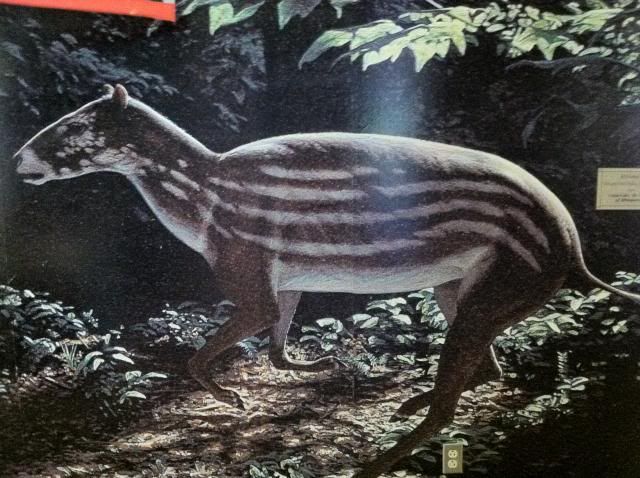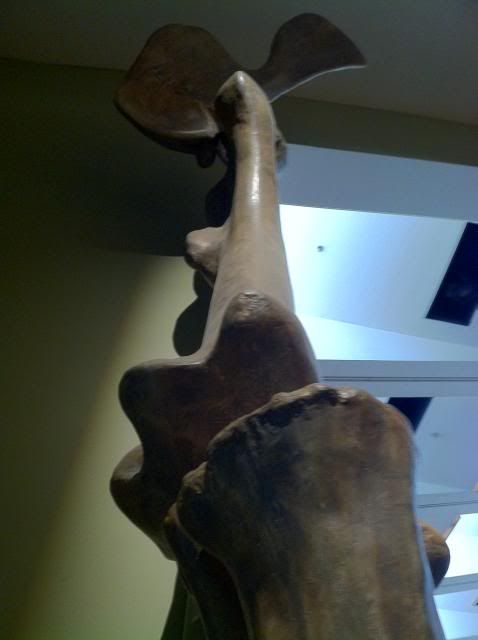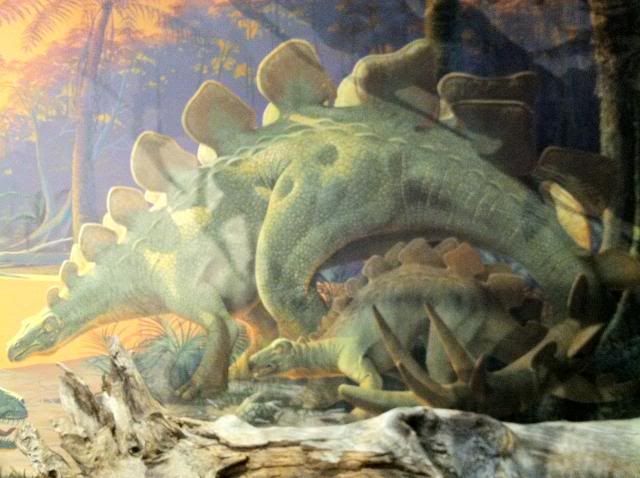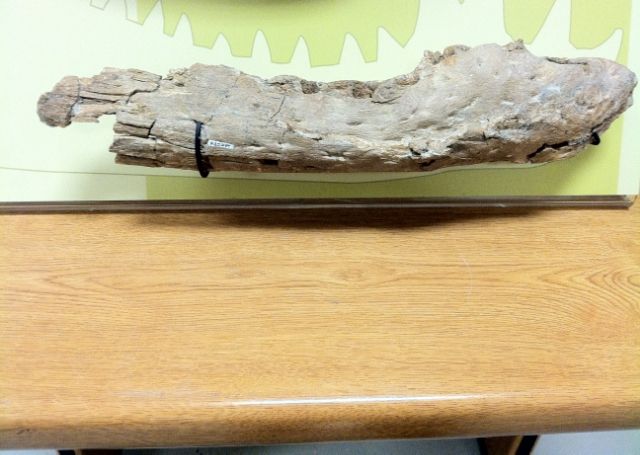
(Ian Juby, seen here playing a scientist)
Last month Ian Juby asked eight questions for us silly evolutionists to answer. Here are my answers in the order they were asked.
1) Let’s start at the beginning: How did the first life arise? If you have no life, then you have no evolution. Following the laws of science and nature, how did that first life arise?
We do not know, yet. However, saying that we do not know does not open up the question for Juby to insert a god(s). Modern science’s inability to answer this question completely is not a victory for magic (a.k.a. creationism). However, I would encourage Juby to look into the field of abiogenesis. Lots of progress has been made in that field in the past decade.
2) How do you explain the origin of Grand Canyon without a world wide flood?
Seeing as how a worldwide flood does not and cannot account for the Grand Canyon, I will give a truncated explanation for it. The layers one observes in the Grand Canyon were laid down at different times. Near the bottom of the canyon, one can easily see an angular unconformity, where the land was laid down horizontally, than uplift happened to one side raising that side higher than the rest. Erosion than happened, which flattened down the raised layers to an even plain, after that, more layers of sediment were laid down on top of the angular unconformity. Some of these layers are made up of limestone, which cannot form rapidly in an aquatic environment; others are made up of sandstone that had to have come from a vast desert. Both of those observations alone expose that the earth is not young and there was not a worldwide flood in recent history.
After all the layers were formed, the Colorado River started to make its way across the area were the Grand Canyon is now found. It was once a slow meandering river, which one is able to see when looking down on the Grand Canyon (it meanders around the Colorado Plateau). Slowly the Colorado Plateau uplifted making the Colorado River cut down into it more and more. This is how the Grand Canyon was formed.
Again, this is a truncated response, one could write a whole book about the history of the Grand Canyon.
3) How do you explain the copious numbers of dating methods which point to a young earth, and a young universe?
One wonders what Juby means by copious, because as far as modern science is concerned there are no dating methods that point to a young earth or young universe. Perhaps Juby could point some out.
4) What scientifically factual information can you supply to support your contention that the universe is billions of years old? Don’t give me your assumptions and theories, and don’t give me the speed of light problem because it’s also a problem for you, and I already answered it with my response. I want scientifically factual information.
Seeing as how Juby will not accept the speed of light (i.e. the only reason we can see stars billions of light years away is that their light had to travel billions of light years to get here) I guess we will have to settle for our observations of the cosmic microwave background radiation, globular clusters, white dwarf stars and radiometric dating. All of those establish the universe to be billions of years old.
5) How do you explain the origin of information, such as the information contained in the DNA, without violating the laws of thermodynamics?
Well, it would be nice if Juby defined information for us. Using the correct definition of information when talking about DNA (Shannon information), information can arise in a system without violating the laws of thermodynamics. No doubt Juby will take issue with this, but that is because Juby tries to equivocate the different definitions of information in his arguments.
6) How do you explain the PRESERVATION of the information in our DNA over MILLIONS and MILLIONS of years, seeing as how thermodynamics is observably and quickly removing bits and pieces of that information in every single generation?
Since Juby again does not define information, one can only assume he is talking about Shannon information. It is untrue to say that thermodynamics is removing bits and pieces every generation. Thus, this question is invalided because it is based off a flawed premise.
7) How did sex arise? Seeing as how there are miriads of sexual reproduction systems in organisms, pretty much NONE of which are compatible with one another in reproduction. See CrEvo Rant # 13 Ian’s Sex Video for the quick low down on the problems you face in explaining this dilema. I’m not interested in sexual fantasies of how one system evolved into the other, I’m interested in factual, scientific evidence – observed changes, like any good scientist would expect of a theory.
Once again, we do not know the exact answer, yet. However much like the first answer I gave, science not knowing an answer does not make room for Juby’s god(s).
8) Do you think your brain was intelligently designed? And if not, then how can you trust your thoughts if they are the result of unintelligent, undirected forces? Random chemistry?
This question is a vague attempt to insult proponents of evolution, and never fails to make me laugh when I see it. Of course our brains are not intelligently designed; they are a product of natural and sexual selection. However, just because they were not intelligently designed does not mean our thoughts are based on unintelligent, undirected forces. The reason we can trust our thoughts is based on knowledge that we obtain through experience or learning. Because we live in a natural world, were the laws of physics do not change on a whim, we can base our prior experiences and knowledge on the facts of reality in order to gain a deeper understanding of the world around us.
Hat tip to Bill Needle for transcribing the questions used above.

